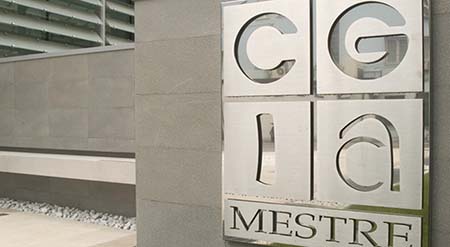Many artisans and as many small entrepreneurs are worried and hope for the announcement effect; that is, that by next 15 October most of the 3,7 million employees in the private sector who have not yet been vaccinated will do so. If this does not happen, many companies could find themselves in the position of having to stop working, because they are unable to make use of the contribution, in particular, of highly specialized technicians and workers who constitute the backbone of these realities.
Imagine if, then, it was necessary to replace them, as foreseen by the decree for companies with less than 15 employees: finding some professional figures, in fact, has long been an almost impossible undertaking, especially in some areas of the country. We also remind you that in Italy the average number of employees per company is 4 (one owner and 3 employees). The impossibility of replacing even one would mean that the owner of the business would not have a third of the workforce for a certain period of time. In short, for companies with few or very few employees, the stop for one of them means the stop of production. Of course, to obtain the green certificate there is the possibility that, as an alternative to the vaccine, the employee periodically undergoes the swab; but how many will be willing to pay a monthly cost of at least 180 euros per month?
According to the CGIA Studies Office, the companies most at risk could be those in the engineering, construction, textile and footwear sectors, where already many jobs are discovered because there are no candidates.
• Welders, millers, tinsmiths, tilers and hemmers are hardly to be found anymore
In the press release of 17 September, Unioncamere and Anpal presented the data from the Excelsior Information System Bulletin. Among those professions that present the highest percentage of difficulty of availability, that is to say that in 60% of cases they struggle to find, we see many specialized technicians who work in the metalworking sector. They are:
- welder;
- milling machine;
- turner;
- blacksmith;
- maintenance and repairer of fixed and mobile machines;
- in charge of numerical control machines.
Equally affected by this criticality is the home / construction sector. The figures that present great difficulties in finding are:
- fixture fitter;
- crane operator;
- tiler;
- electrician;
- tinsmith;
- coatsman;
- painter;
- roadman.
As in the two previous sectors, also textile / clothing and footwear entrepreneurs who, although more than others have suffered the effects of the pandemic crisis, in about 60 percent of cases report that they are struggling to find the following professionals:
- hemming machine;
- cutter;
- prototypist;
- dyer;
- weaver;
- finishing officer.
Now, we ask ourselves: how many employees currently hired in these jobs have not yet been vaccinated? Obviously, we do not know, as we do not even know how many of these operators, after next October 15, will not go to the company because they do not have a pass. However, the problem, at least theoretically, arises, since in the middle of this month there were 3,7 million private employees not yet immunized. For many small entrepreneurs, therefore, replacing some of these figures may not be possible. A risk that we must take into account, even if we are convinced that in order to prevent the epidemiological curve from growing again - thus avoiding new closures and further limitations to mobility - it is essential to widen the number of vaccinated people as much as possible.
• One in four private employees is not vaccinated
According to data released in the middle of this month by the Draghi government, employees in the private sector who have been vaccinated amount to 11 million, while those who have not yet done so are 3,7 million. Therefore, the percentage of unprotected people on the category total is 25,1 per cent. Among the unemployed, on the other hand, there are 1,8 million immunized, those who have not yet done so are half a million (21,7 per cent of the unvaccinated). Of the inactive population, 10,8 million have green certification, 2,7 million still lack it (20 percent of the total). Public employees in possession of the green pass, on the other hand, are 2,9 million, those without just over 400 thousand (rate of non-vaccinated people is 12,1 per cent).

• Who controls undeclared workers?
In reiterating that only through the increase in the number of immunized we can defeat the pandemic and firmly hook the economic recovery, the CGIA Studies Office points out another category that the green certificate will not be able to "intercept": that is, irregular workers. Well, who will check the pass to the hundreds and hundreds of thousands of fake artisans who every day illegally go to the homes of Italians to fix a tap, change the lock, do a styling or replace a roller shutter? In Italy, the craftsmen from Mestre recall, the number of illegal workers is just over 3,2 million. They are people who round up their meager income for a few hours or for the whole day by working irregularly: that is to say without paying taxes and social security contributions. Over 1,2 million is located in the South, almost 781 thousand in the Northwest, almost 724 thousand in the Center and just over 525 thousand in the Northeast. The regions that count the most are, of course, those with the highest number of inhabitants, namely Lombardy with 504.300 units, Lazio with 421.100 and Campania with 361.200.
